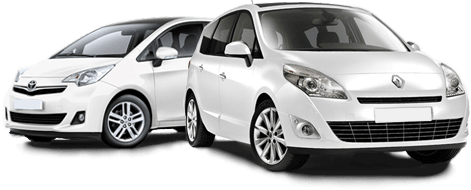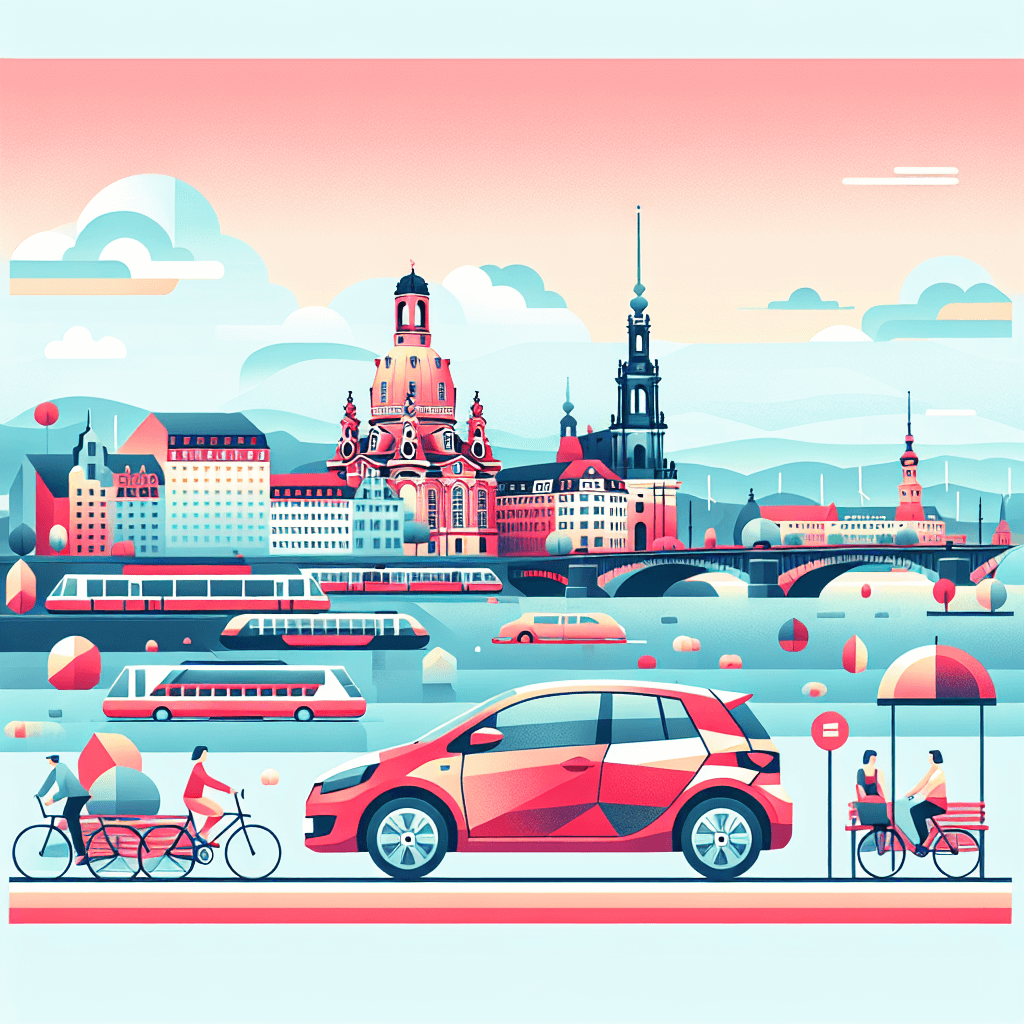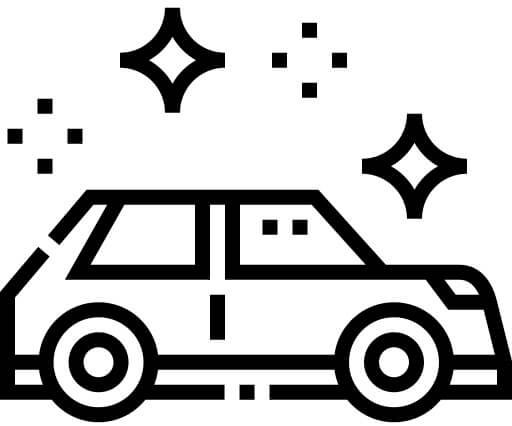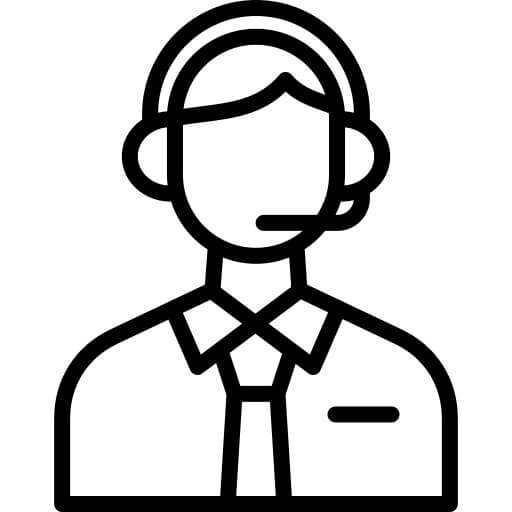Car Rental in Dresden | Book at Unbeatable Prices

Compare Prices and Book from the Top Car Rentals






Car Rental in Dresden
Experience the Heart of Europe by Car

With an impressive collection of architectural and cultural treasures, Dresden is rightfully known as the Jewel Box of Germany. Nestled along the banks of the River Elbe, the city boasts a rich historical heritage reflected in its renowned architectural landmarks including the Zwinger Palace and the Semper Opera House. Driving through Dresden allows visitors to explore the city and its surroundings at their own pace.
A car trip around Dresden is delightful: short distances between attractions make for a manageable itinerary. The route from the Historic Old Town to the picturesque district of Blasewitz, for instance, takes merely 15 minutes by car. Don't miss the famous Blue Wonder Bridge on the way! The surrounding areas also offer enticing day-trip opportunities. A car ride to Meissen, a birthplace of European porcelain, or to the breathtaking Saxon Switzerland National Park, are both well worth the approximately 40-minute journey.
Furthermore, Dresden is a city of exquisite art. The State Art Collections is one of the oldest museums in the world and is home to some of the best examples of European art. And in all this, Dresden does not forsake the enchantment of the past. The city takes its identity from history, and driving past these magnificent architectural masterpieces offers an alluring blend of the old and the new that keeps Dresden top on the list for Germany's must-visit places.





